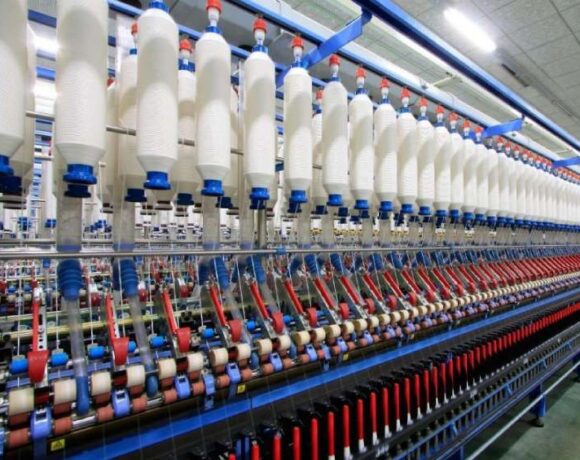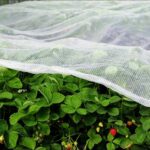Cotton Spinning Operating Margins Will Expand To 11.5-12.0% – ICRA

Operating margins for the Indian cotton spinning industry will expand 50-100 bps to 11.5-12.0 percent in the current fiscal ending March 2024, despite an expected 7 percent decline in revenues.
Due to an improvement in orders from the downstream garment companies gearing up for Spring/Summer season of 2024 in the US and EU, demand is also expected to pick up from the second quarter of the current fiscal.
“Operating margins are expected to rise on the back of higher scale, lower logistics expenses, and moderation in raw material costs,” a press release from rating agency ICRA said
“However, an expected moderation in cotton prices will lead to lower realisations, which is likely to translate to a 7 percent year on year decline in revenues,” the rating agency added.
The spinners are expected to benefit from the operating efficiencies arising from higher volumes, and lower logistics expenses as the blockages at the ports in various regions have started to ease, accompanied by a reduction in container freight rates.
“Nonetheless, profits and cash accruals of spinners are expected to be marginally lower in the fiscal under consideration, compared to FY2023,” Kaushik Das, VP, Corporate Sector Ratings at ICRA also said.
While the cash accruals of players are expected to decline marginally, ICRA expects the borrowings of spinners to come down too in fiscal 2024.
Lack of any major capital expenditure plan along with lower working capital requirements, because of the softening in cotton prices, are likely to lower the debt levels and improve the capital structure for companies.
ICRA expects the debt coverage ratios for the sector to improve in fiscal 2024 with debt/OPBITDA forecast to ease to 2.2X from 2.4X in the earlier fiscal.
The capital structure, as reflected by the ratio ‘Total Outside Liabilities / Tangible Networth’ ratio, is also expected to improve marginally to 0.5 times in fiscal 2024 as against 0.6 times in previous fiscal.
The industry had undertaken high debt-funded capex in fiscal 2022, partly due to the deferment of major capital expenses during the Covid period.
“Consequently, with a drop in yarn demand in second quarter of previous fiscal, the coverage metrics of the industry deteriorated in the same fiscal,” Das added.
“Due to limited order visibility in the existing fiscal, as of now, the spinners have halted major capex plans for the near term,” ICRA informed.
ICRA, however, expects capex announcements for fiscal 2025 to pick up, driven by the modernisation requirements of machineries, demand flow from the China Plus One movement and demand resumption from EU and North American garment consumers.














